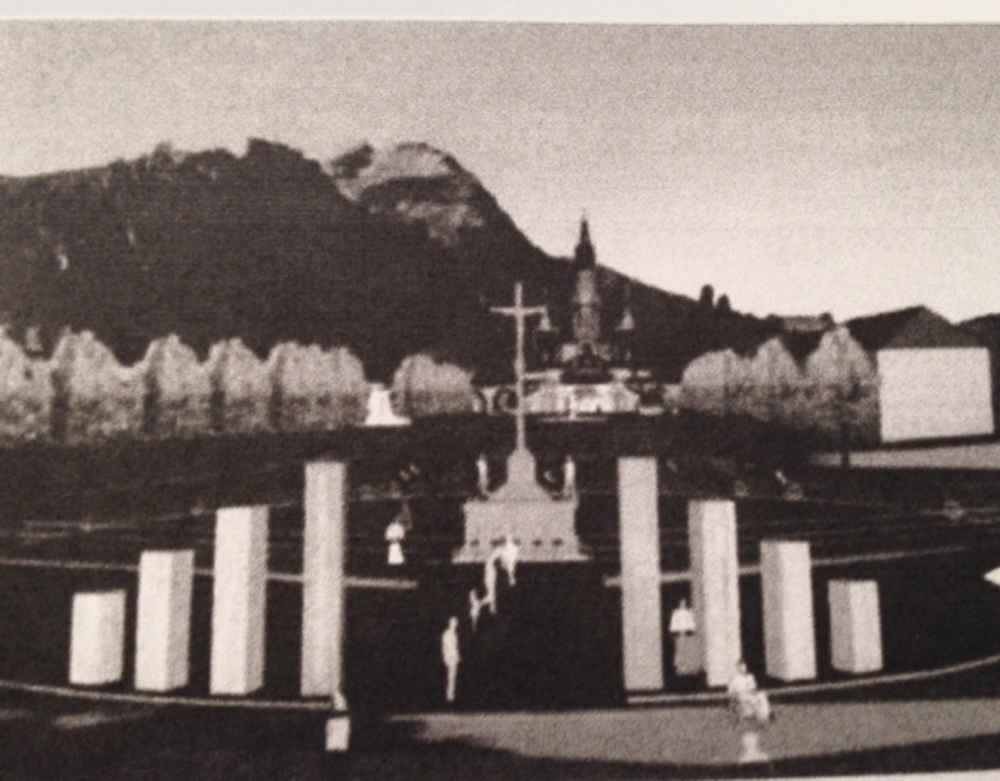In Holy Door Tradition, Sinners Invited

Lord Sebastian Flyte, a character in Catholic convert Evelyn Waugh’s novel, Brideshead Revisited, once said that Catholics are simply not like “other people”. One of those defining differences, deep-rooted in history, is the tradition of the Holy Door.
Those going on the pilgrimage to Lourdes this spring will have the opportunity to go through a special Holy Door set up at the far end of the esplanade by St Michael’s Gate.
You might be wondering what exactly this door is. In pre-Christian times, on the site of Rome’s cathedral, the Basilica of St. John Lateran, sanctuary from criminal prosecution was granted to all who crossed the threshold of a portal there. After Christianity became legal, Pope Sylvester I, around 335 AD, proclaimed the same immunity from divine punishment for Christian sinners who claimed sanctuary on the spot. Humans being human, the privilege was abused, and subsequent popes ordered the door to be walled up and opened only at special times. Since 1300, when Pope Boniface VIII declared the first Holy Year, the Holy Door has been associated with that event when pilgrims traveled to Rome to do penance and undertake spiritual renewal.
Although there are eight permanent Holy Doors around the world, the most famous today is at the entrance to St Peter’s Basilica. In 1950, Pope Pius XII replaced the wooden doors, installed by Benedict XIV in 1748, with bronze ones. It is this door that Pope Francis opened on December 8th to mark the beginning of the Jubilee Year of Mercy. Breaking with tradition, Pope Francis temporarily authorized, through a papal bull, Misericordiae Vultus, bishops around the world to designate their own Holy Door within their respective dioceses.
Over the years, the basic concept of the Holy Door has remained the same: symbolically entering a new life and gaining a special plenary indulgence. Four conditions must be met: a sincere resolve not to sin; sacramental reconciliation; reception of Holy Eucharist; and praying for the intentions of the pope. In one of his talks about the Holy Door, the pope had specific words for our beloved malades: “For them it will be of great help to live their sickness and suffering as an experience of closeness to the Lord who in the mystery of his Passion, death, and Resurrection indicates the royal road which gives meaning to pain and loneliness.”
Pope Francis had a further thought for all pilgrims: the Holy Door is not only a portal that we go through. It is also a threshold through which God rushes towards us with overwhelming mercy, unconditional love, and everlasting joy.
